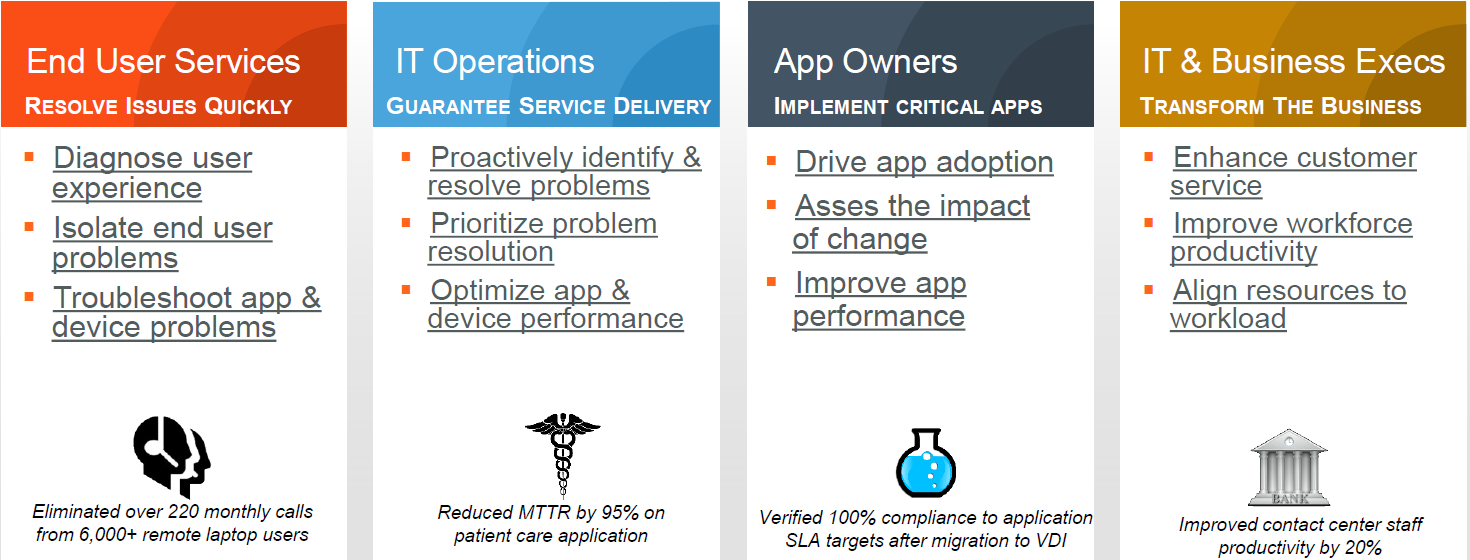About iPoint
iPoint Networks
iPoint Network Application Performance Assessment/Remediation Service
iPoint uses top vendor tools to determine where application performance issue reside. This includes the network, End user devices and application/servers. Using unique combination of top shelf tools , provided by the APM vendors, iPoint will determine and pinpoint where critical bottlenecks exist in your applications. iPoint uses a military task, condition and standard to establish this critical solution.
Task:
- Detect and analyze targeted server and user sessions including client identified areas of concern, performance related user access delays.
- Bring to light any traffic concerns or infrastructure bottlenecks based on the analysis.
- Review and display availability during the assessment.
- Assess and advise on current application/s integration and deployment.
- Assess the Enterprise user application connectivity for current possible enhancements based on the network and application session analysis.
- Review on the server/switch interconnect for errors, performance and design to may be contributing user session performance issues.
- Review, test and advise modifications to resolve application user delays.
Condition:
- Determine where performance bottlenecks exist in the network components, server/app components, and network communications infrastructure.
- Review in detail identified areas of concern in the network and application infrastructure configuration, configuration and deployment as required.
- Capture user authentication traffic in a historical method including; data mining, forensic traffic analysis, paperwork review, interviews with key silo personnel and configuration review.
- Documentation of AS-IS captured network traffic, device logging and user access metrics for:
- User, switch, server, application and device logs.
- Include detailed analysis of observed user and inter-tier server sessions.
This will include the specific components:
- Desktop user sessions to the web servers
- Inter-tier server sessions
- Network latency involving user sessions
- Traffic conditions contributing to errors, timeouts and delays.
- Stability risks
Standard:
- Recommend performance improvements based on detailed analysis of observed session, component or process noted issues.
- Provide best practices, design and migration methods for optimal performance for “as is” users and inter-tier servers but also provide critical data for remediation of user performance delays.
- Discover and pinpoint the network and authentication traffic conditions that are contributing to the user session and performance issues providing a recommended best practice standard for each discovered symptom.
- Working with client IT staff modify existing standards to reflect a tested remediation adjustment.
iPoint End User Experience Assessment/Remediation Service
iPoint instruments all end user devices to determine where performance issues reside. This is an excellent low cost method to determine where a performance issue resides. This includes all end user devices be them wireless, cellular, virtual or fixed within the Enterprise or on the Internet directly.

These are the typical questions and challenges facing the IT executive in today’s environments.

This services solves these IT critical needs:

iPoint Networks Network Assessment Service
In today’s Enterprise the volume of different infrastructure devices is very difficult to track and document without a large staff of documentation engineers. Day to day modifications, add/moves, changes and upgrades to existing IT environments are a constant occurrence. Making sure the infrastructure is consistently updated with standard code levels, common security access and stored in a common repository is a ongoing challenge. When operational issues or required upgrades occur it is a critical need for the engineering groups to know what they have, where it is and where a change or upgrade will add performance or resolve an operational issue. This “live” engineering documentation involves:
- Detailed Network Diagrams reflecting Layer 2/3 topologies
- Routing Topology
- L2 traffic domains
- VM topologies and Spanning Tree topologies.
- Wireless topologies
- Server Farm Deployment topology
